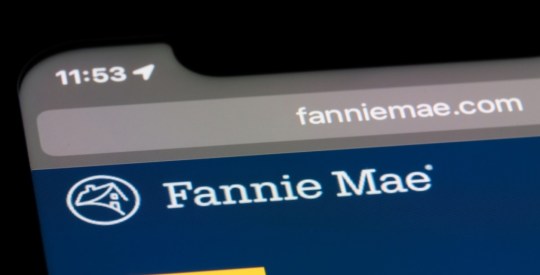Homeownership is a hallmark of the American Dream; it’s one of the few paths to building generational wealth and achieving financial freedom. Unfortunately, for many, it can feel like a pipedream.
According to a recent report from the U.S. Census, the homeownership rate has dropped to 63.1%, its lowest rate since 1970. Moreover, the outlook for individuals from minority communities is even more bleak. Based on a report from the National Association of Realtors in 2021, the homeownership rate among Black homeowners (43.6%) and Hispanic homeowners (50.6%) significantly lagged behind Asian homeowners (62.8%) and white homeowners (72.7%).
Much of the gap can be attributed to historical policies and practices, such as redlining, that prevented minorities from buying homes in certain areas, regardless of income level. As a result, individuals from underserved communities were denied the same wealth-generating opportunities. While many of those policies and practices are now illegal, homeownership still feels unattainable for some consumers.
Increasing the homeownership rate — particularly among diverse communities — is a marker of progress for our country. Closing the gap is paramount to uplifting individuals and households from underserved communities. We have a responsibility as a mortgage and financial services industry to drive meaningful change and create a more equitable path to homeownership.
Driving homeownership change requires resolve and education
While there are programs designed to create a path to homeownership for low- and moderate-income families, some of these programs haven’t gone far enough. For example, some families may be able to access down-payment assistance through non-profits and lenders, however, those families frequently need more financial assistance to maintain and remain in their homes over the course of many years. Without the additional help, some families may lose their homes.
Quite frankly, providing access to financial resources is only part of the homeownership equation.
Based on a recent Experian survey comparing the experiences of Black, Hispanic and white consumers, one barrier for Black and Hispanic consumers aspiring to become homeowners is not knowing where to start. In addition, 58% of Black and Hispanic consumers who were denied a mortgage do not know what they need to do to get approved in the future.
There’s a tremendous opportunity for mortgage lenders, non-profits and other financial services participants to redefine our financial inclusion efforts. In addition to addressing financial hurdles, we need to tackle some of the other barriers to closing the homeownership gap, including financial education. This could mean examining the types of questions individuals have about certain products or services, or meeting with community leaders to better understand the challenges that underserved communities are facing.
Individuals and households from underserved communities welcome the opportunity to learn about basic financial concepts, including how to navigate the housing market. Listening to the challenges they encounter, and imparting knowledge is how the mortgage industry can help them prepare to become homeowners.
For example, HomeFree-USA’s “Fast Track to Homeownership” program gets renters ready for mortgage approval and homeownership. Its intermediary network oversees 53 affiliated community and faith-based housing counseling agencies across the nation.
Financial educational resources, such as tips for building and maintaining good credit, that is customized to each community, coupled with classes that provide individuals with financial knowledge and access to tools, can help them to boost their credit score and grow the overall homeownership rate. Even something as fundamental as understanding the various tax refunds for homeowners who are eligible can make a huge impact on new homebuyers.
Inclusion cannot happen in a vacuum. Closing the homeownership gap among diverse populations requires a long-term vision and commitment from stakeholders across the financial services community. Providing access to financial assistance and the knowledge to navigate the housing market better prepares consumers to become first-time homeowners, and more importantly, to begin building generational wealth.
Wil Lewis is the global chief diversity, equity, inclusion and talent acquisition officer for Experian. Gwen Garnett is the executive director for HomeFree-USA.





